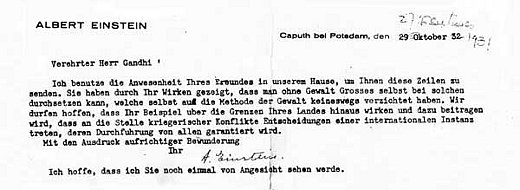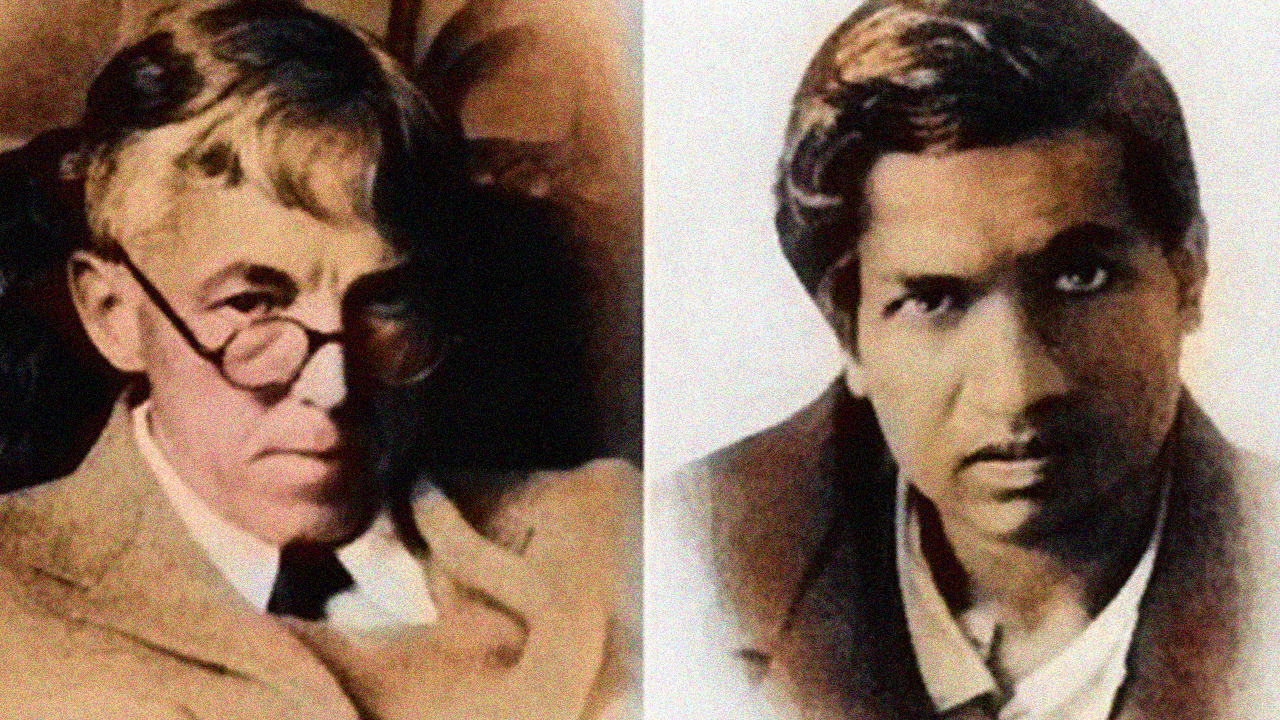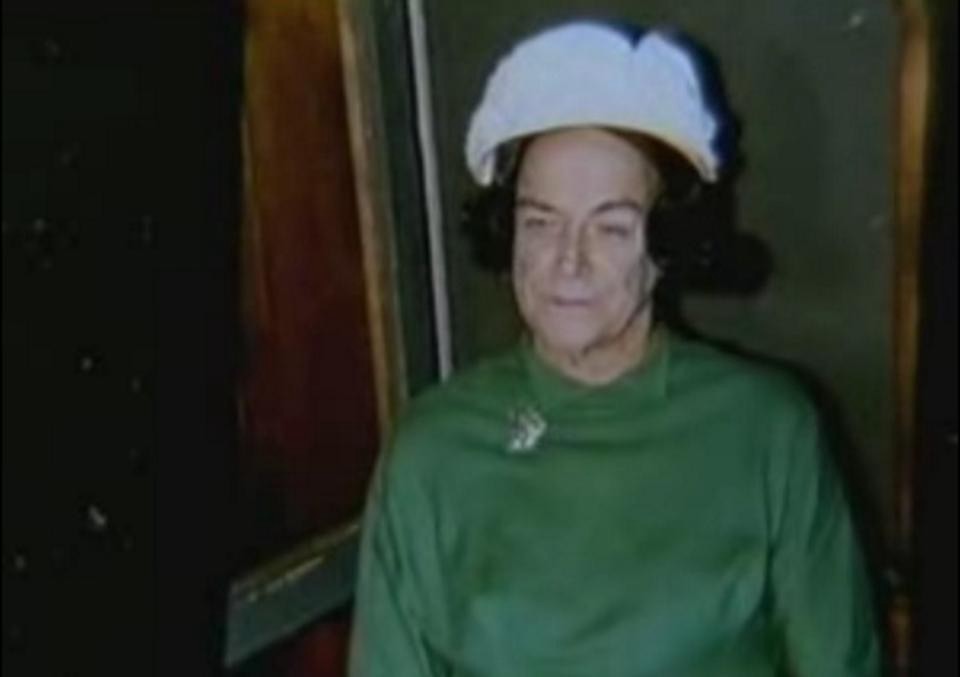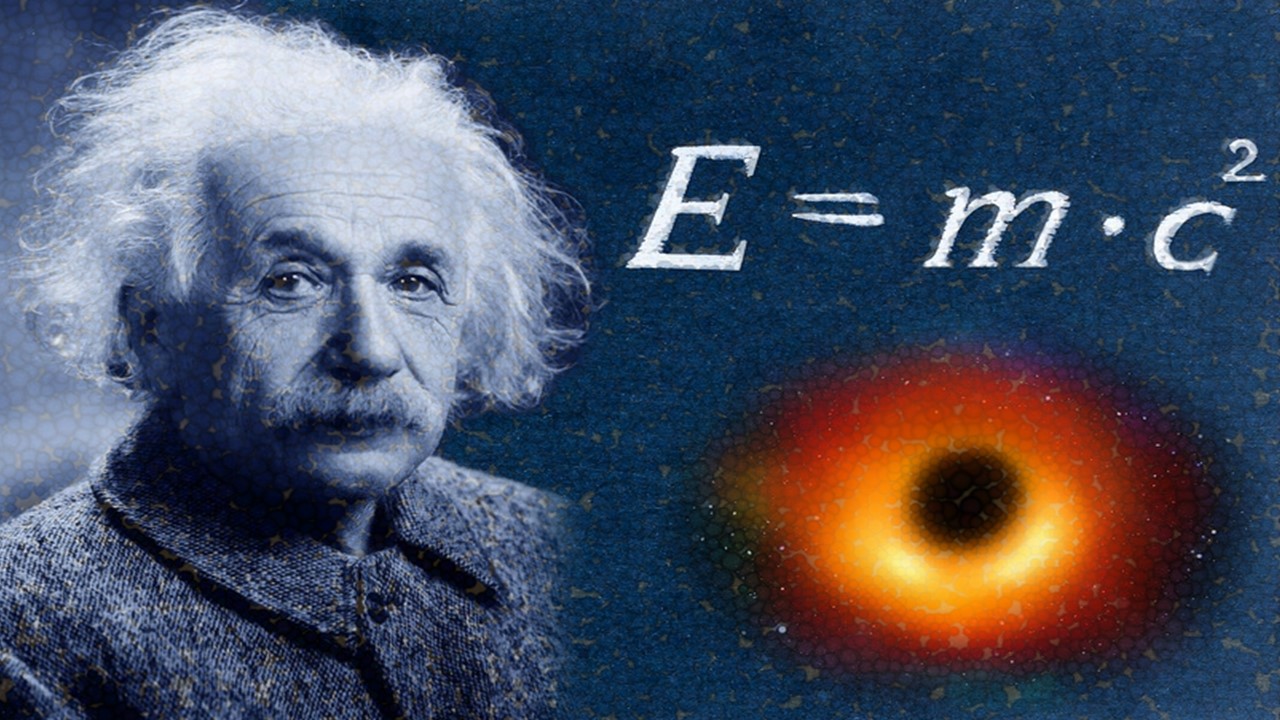
Dirac found comfort in his imagination and when he wanted to put across his thoughts he would do so by writing them. In his early thirties, Dirac wrote in a letter to a close friend that to defend himself against the hostilities he perceived around him he retreated into his own imagination.





































 Physics, astronomy and science history blog for students
Physics, astronomy and science history blog for students